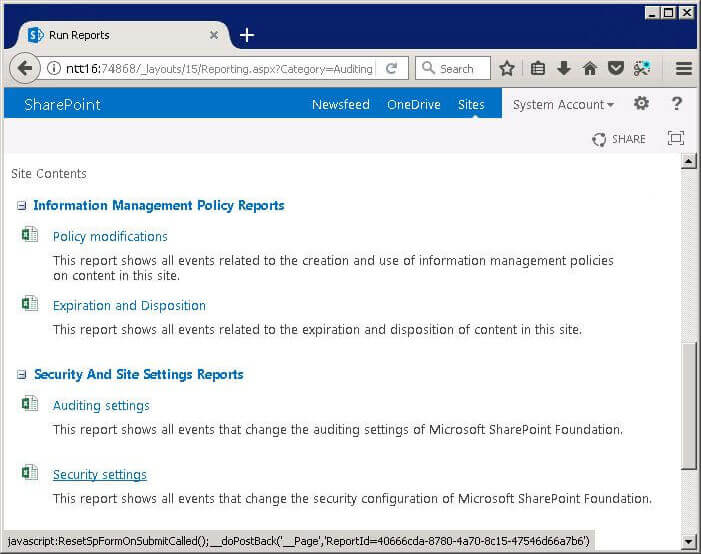


Now we need to to set events to audit for various types. Documents and Items and Lists, Libraries, and Sites Recommended is not to set this setting on the site collection but to use the farm wide setting. That means then logs will retain for two months. Default end of the month means the change log retains data for 60 days. If you leave it empty it will use the farm setting. The first setting enables trimming and second allows you to configure after how log to trim the log. If you want to automatically trim audit log and after how log you can trim it here. You need to go to site settings > site collection audit settings. Where to configure audit settings for the site collection


The article was built for SharePoint 2016 but I believe it works on SharePoint 2013 and SharePoint 2019 auditing works the same as well. In today blog I will cover what is auditing on the SharePoint, where you need to enable it, and how to automate auditing to be enabled on all the SharePoint site collections within your farm (basically the reason to write this blog post is because of that, I was not able to find how to enable for all site collections on the SharePoint farm). In case you need to audit who did what on the SharePoint site for various reasons like for the compliance projects like GDPR, for the external auditor, tax audits or just because your organization policy is to audit everything you don’t need to look anywhere else. SharePoint audit logs allows your organization to see who is accessing what files and folders, site collection, sites and subsites, document libraries, lists or list items you name it.


 0 kommentar(er)
0 kommentar(er)
